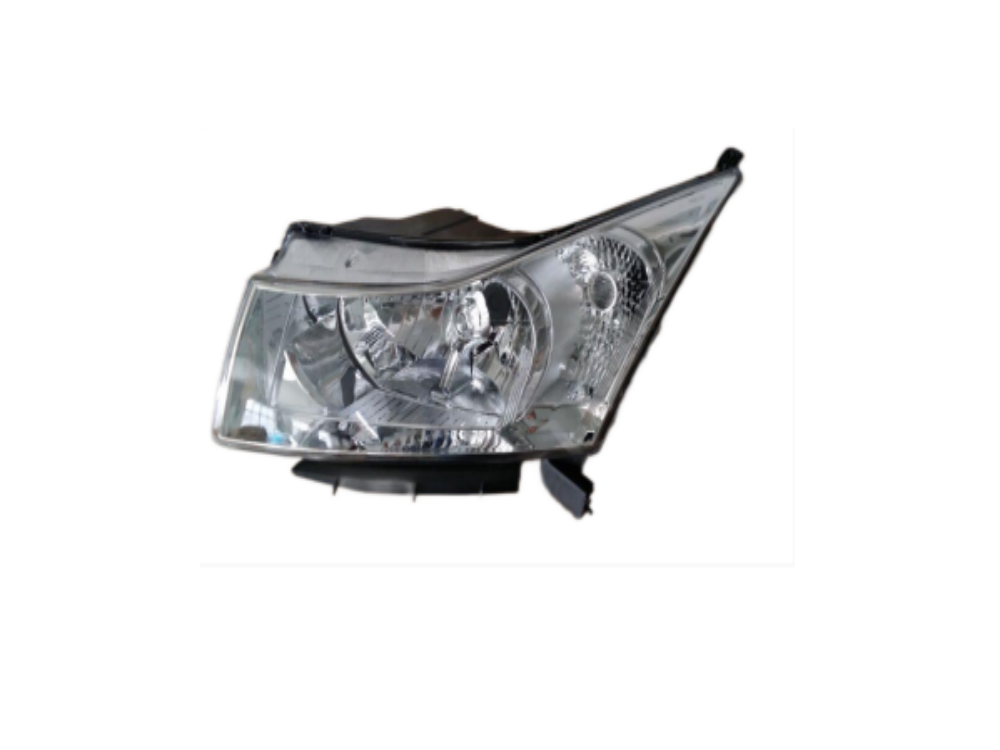Modern Automotive Lighting Technology and Enhanced Road Safety
The evolution of head lamp features has revolutionized how we experience nighttime driving. Today's advanced lighting technologies offer unprecedented visibility, safety, and convenience that early automotive pioneers could only dream of. Understanding these innovations and their impact on driving performance has become crucial for both automotive enthusiasts and everyday drivers seeking optimal road safety.
Modern head lamp features combine sophisticated engineering with intelligent systems to provide superior illumination under various driving conditions. From adaptive beams that respond to oncoming traffic to energy-efficient LED solutions, these advancements are reshaping our expectations of nighttime driving safety and comfort.
Core Technologies in Contemporary Headlamp Systems
LED and Matrix LED Systems
LED technology represents a quantum leap in automotive lighting. These systems offer superior brightness, instant illumination, and remarkable energy efficiency. Modern LED head lamp features include precise beam control, allowing for optimal light distribution without blinding other drivers. The technology's longevity also means reduced maintenance and replacement costs over the vehicle's lifetime.
Matrix LED systems take this technology further by incorporating individual LED elements that can be controlled separately. This enables dynamic light distribution, automatically adjusting to traffic conditions and road characteristics. The system can selectively dim specific areas of the beam pattern while maintaining full illumination elsewhere, providing maximum visibility without compromising other drivers' safety.
Adaptive Driving Beam Technology
Adaptive driving beam systems represent one of the most sophisticated head lamp features available today. These systems use cameras and sensors to detect oncoming vehicles and automatically adjust the light pattern to prevent glare while maintaining optimal visibility for the driver. The technology continuously monitors road conditions and adjusts the beam pattern in real-time, ensuring maximum safety for all road users.
The system's ability to create shadow zones around detected vehicles while maintaining full illumination elsewhere significantly improves nighttime driving safety. This dynamic adjustment happens seamlessly, requiring no input from the driver while providing superior visibility in all conditions.

Advanced Control Systems and Integration
Intelligent Light Distribution
Modern head lamp features include sophisticated control systems that optimize light distribution based on various factors. These systems consider vehicle speed, steering angle, and weather conditions to adjust the beam pattern accordingly. For instance, at higher speeds, the beam is projected further ahead, while during cornering, the light pattern shifts to illuminate the turning radius more effectively.
The integration of GPS data and mapping systems allows headlamps to anticipate road conditions and adjust preemptively. This predictive lighting technology can prepare for upcoming curves, intersections, or changes in road type, ensuring optimal visibility before the driver encounters changing conditions.
Weather-Adaptive Functionality
Advanced head lamp features now include weather-adaptive functionality that adjusts illumination patterns based on environmental conditions. During fog or heavy rain, these systems can modify the beam pattern to reduce glare and improve visibility. The technology uses sensors to detect precipitation and adjust both the intensity and distribution of light to minimize reflection and maximize road surface visibility.
Some systems also incorporate specialized fog light modes that create a wider, lower-aimed beam pattern to illuminate the road surface more effectively in poor visibility conditions. This adaptive approach ensures drivers maintain optimal visibility regardless of weather challenges.
Energy Efficiency and Environmental Considerations
Power Consumption Optimization
Modern head lamp features prioritize energy efficiency without compromising performance. LED systems consume significantly less power than traditional halogen bulbs, reducing the vehicle's overall energy consumption. This efficiency becomes particularly important in electric and hybrid vehicles, where energy management is crucial for maximizing range.
Advanced power management systems can also adjust light output based on the vehicle's power state and driving conditions. This intelligent energy use helps optimize the vehicle's overall efficiency while maintaining safety standards.
Sustainable Manufacturing and Materials
Manufacturers are increasingly incorporating sustainable practices in the production of automotive lighting systems. Modern head lamp features often utilize recyclable materials and energy-efficient manufacturing processes. The longer lifespan of LED systems also reduces waste compared to traditional bulbs, contributing to overall environmental sustainability.
The development of new materials and manufacturing techniques continues to improve both the environmental impact and performance of automotive lighting systems. These advances help reduce the carbon footprint of vehicle production while delivering superior lighting technology.
Future Developments and Innovations
Digital Light Processing Technology
The future of head lamp features lies in digital light processing technology, which enables unprecedented control over light distribution. These systems can project high-resolution patterns onto the road, providing additional information to drivers and potentially communicating with other road users. The technology opens new possibilities for integrating augmented reality elements into the driving experience.
Research continues into advanced projection systems that could display navigation information directly on the road surface, enhancing driver safety and convenience. These innovations represent the next frontier in automotive lighting technology.
Connected Lighting Systems
The integration of head lamp features with vehicle-to-vehicle and vehicle-to-infrastructure communication systems represents an exciting development in automotive lighting. These connected systems can share information about road conditions, weather, and traffic situations, allowing for more intelligent and proactive lighting adjustments.
Future developments may include systems that coordinate lighting patterns between multiple vehicles, further enhancing safety and efficiency in complex traffic situations. This connectivity will play a crucial role in supporting autonomous driving technologies.
Frequently Asked Questions
How do adaptive headlights improve driving safety?
Adaptive headlights automatically adjust their beam pattern based on driving conditions, oncoming traffic, and road characteristics. This dynamic adjustment ensures optimal visibility while preventing glare for other drivers, significantly improving overall safety during nighttime driving.
What makes LED headlamps more efficient than traditional options?
LED headlamps consume less energy, have a longer lifespan, and provide brighter illumination compared to traditional halogen bulbs. They also offer faster response times and more precise control over light distribution, making them both more efficient and effective.
How do weather-adaptive headlights function in poor conditions?
Weather-adaptive headlights use sensors to detect environmental conditions and adjust their beam pattern accordingly. In fog or rain, they can modify the light distribution and intensity to reduce glare and improve visibility of the road surface, enhancing safety in challenging weather conditions.
What future innovations can we expect in headlamp technology?
Future headlamp innovations will likely include advanced digital projection systems, enhanced integration with vehicle automation systems, and improved connected features that enable communication between vehicles. These developments will focus on both safety enhancement and energy efficiency improvements.


